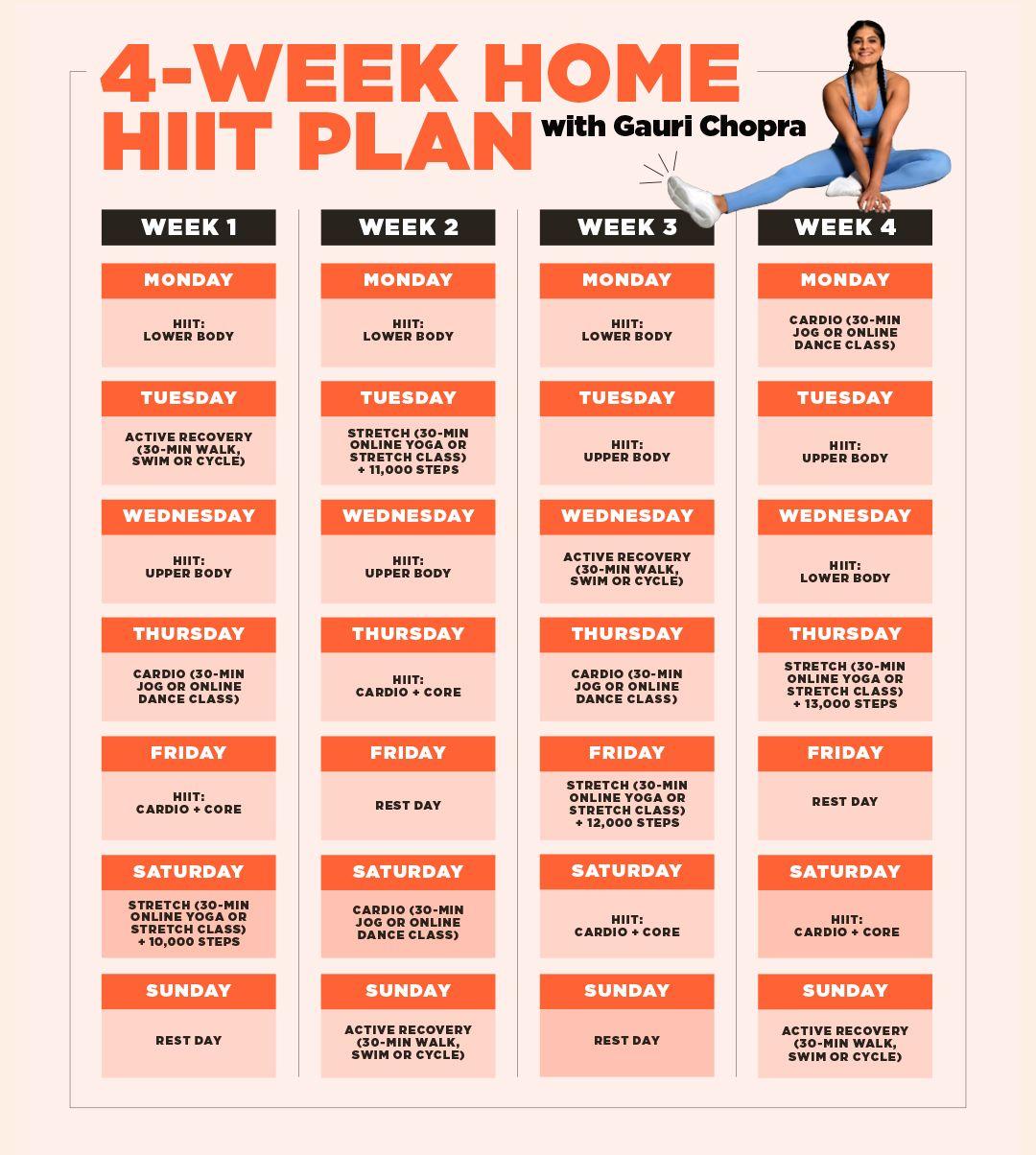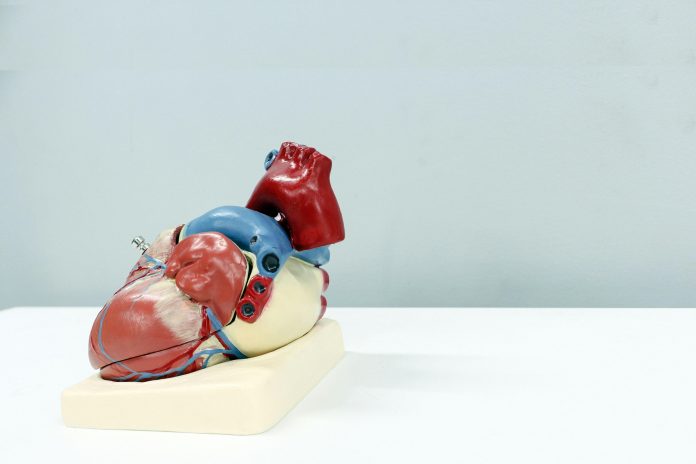In the bustling world of fitness, where every heartbeat counts and every drop of sweat tells a story, the debate between high-intensity and low-intensity cardio has captured the attention of both seasoned athletes and fitness newcomers alike. Imagine a world where your workout routine is a journey, a delicate balance between the fiery, fast-paced rhythm of high-intensity intervals and the steady, meditative flow of low-intensity endurance. As the sun rises over the horizon of your fitness goals, the choice between these two cardio approaches becomes a pivotal decision, each offering unique benefits and challenges. In this exploration of heart rates and endurance, we delve into the science, the myths, and the realities of high-intensity versus low-intensity cardio, guiding you through the labyrinth of choices to discover what truly aligns with your fitness aspirations.
Choosing Your Cardio: Understanding the Basics
When it comes to cardiovascular exercise, understanding the nuances between high-intensity and low-intensity options can be the key to optimizing your fitness journey. High-intensity cardio is characterized by shorter, more vigorous bursts of activity that push your heart rate to 70-90% of its maximum. This form of exercise is excellent for those who thrive on quick, powerful workouts and seek rapid improvements in cardiovascular health and calorie burning. Benefits of high-intensity cardio include:
- Increased metabolic rate
- Enhanced cardiovascular endurance
- Time-efficient workouts
In contrast, low-intensity cardio involves longer durations of steady, moderate effort, usually keeping your heart rate at 50-65% of its maximum. This approach is ideal for those who prefer a more relaxed pace, offering a less strenuous path to fitness improvements. Low-intensity cardio is not only easier on the joints but also allows for a more meditative, stress-reducing experience. Benefits of low-intensity cardio include:
- Improved aerobic capacity
- Reduced risk of injury
- Enhanced fat metabolism
Ultimately, the choice between high and low-intensity cardio should align with your personal fitness goals, lifestyle, and preferences. Consider mixing both types into your routine for a balanced approach that maximizes the benefits of each.

Exploring the Benefits: High-Intensity Cardio Unpacked
High-intensity cardio workouts have gained popularity for their ability to deliver results in shorter periods. These workouts are characterized by bursts of vigorous exercise followed by brief rest periods, which can be particularly effective for those with a tight schedule. The primary advantage lies in the caloric burn, as high-intensity sessions can torch more calories in less time compared to their low-intensity counterparts. Additionally, these workouts are known to boost metabolic rates for hours after the session, a phenomenon known as the afterburn effect or EPOC (Excess Post-exercise Oxygen Consumption).
- Improved Cardiovascular Health: Engaging in high-intensity cardio can enhance heart and lung capacity, improving overall endurance.
- Muscle Building and Retention: These workouts can help in building lean muscle mass, as they often incorporate resistance elements.
- Mental Health Benefits: The intense nature of the workouts can release endorphins, contributing to reduced stress and improved mood.

The Gentle Path: Low-Intensity Cardio and Its Advantages
In the bustling world of fitness, where intensity often steals the spotlight, the allure of a more measured approach quietly beckons. Low-intensity cardio, often underestimated, offers a serene yet effective avenue to health and wellness. Unlike its high-octane counterpart, this gentle form of exercise allows individuals to engage in physical activity without the strain and stress associated with more vigorous workouts.
Benefits of low-intensity cardio include:
- Sustainability: With less impact on the joints, it’s a perfect choice for those seeking a long-term, consistent exercise routine.
- Recovery and Stress Relief: It acts as a soothing balm for both body and mind, aiding in muscle recovery and providing a mental escape from the rigors of daily life.
- Accessibility: Suitable for all ages and fitness levels, making it an inclusive option for anyone eager to embrace a healthier lifestyle.
- Weight Management: Though less intense, it effectively burns calories and can contribute to weight loss when paired with a balanced diet.

Tailored Fitness: Crafting Your Ideal Cardio Routine
Choosing between high-intensity and low-intensity cardio can significantly impact your fitness journey. High-intensity cardio, such as interval training or sprinting, is perfect for those looking to burn calories rapidly and improve cardiovascular health in a shorter time frame. This type of workout is often favored by individuals with busy schedules, as it can be completed in less than 30 minutes while still providing substantial benefits. Additionally, it enhances metabolic rate post-exercise, helping to burn more calories throughout the day.
On the other hand, low-intensity cardio, like brisk walking or cycling, is ideal for those who prefer a more sustainable and gentle approach to fitness. It is particularly beneficial for beginners, individuals recovering from injury, or those aiming for longer workout sessions without the strain of intense exertion. Some advantages include:
- Improved endurance and stamina over time
- Enhanced fat oxidation, making it a great option for weight management
- Reduced risk of injury due to its low-impact nature
The key is to align your cardio routine with your personal goals and physical condition, ensuring a balanced and effective fitness plan.
Key Takeaways
In the grand tapestry of fitness, both high-intensity and low-intensity cardio weave their own unique threads, each offering distinct benefits to the tapestry’s overall design. Whether you’re sprinting through the adrenaline-fueled rush of a high-intensity session or finding your rhythm in the steady flow of a low-intensity workout, the key lies in aligning your fitness journey with your personal goals and lifestyle. By understanding the strengths and nuances of each approach, you empower yourself to make informed choices that resonate with your body and spirit. So, lace up your sneakers, tune into your body’s needs, and let your heart lead the way on this dynamic journey of health and vitality.


































